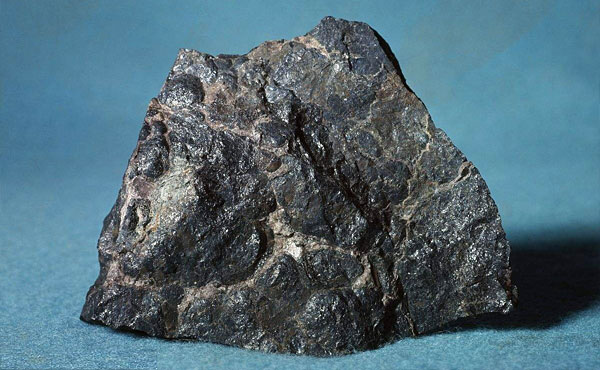Lithium is a critical raw material widely used in batteries, electronics, ceramics, and many other industries. As demand for lithium-ion batteries continues to rise, efficient extraction and processing of lithium ore become increasingly important. The crushing process is a key step in lithium ore beneficiation, preparing the material for subsequent extraction stages. This article outlines the lithium ore crushing process solution, focusing on equipment selection, process flow, and best practices to optimize efficiency and product quality.

Lithium Ore Crushing Process Overview
The main goal of crushing is to reduce the size of the ore to liberate lithium minerals from the surrounding rock. The typical crushing process includes:
Primary Crushing
-
Purpose: Break down large ore lumps from the mine to a manageable size (usually less than 150-200 mm).
-
Equipment: Jaw crusher or gyratory crusher.
-
Operation: The jaw crusher uses compressive force to break the ore into smaller chunks, suitable for secondary crushing.
Secondary Crushing
-
Purpose: Further reduce the ore size to below 50 mm, facilitating grinding and concentration.
-
Equipment: Cone crusher or impact crusher.
-
Operation: The secondary crusher refines the particle size to a more uniform distribution.
Screening and Classification
-
After crushing, material passes through vibrating screens to separate desired particle sizes.
-
Oversized material returns for further crushing.
-
Proper classification ensures uniform feed size for downstream grinding.
Recommended Crushing Equipment for Lithium Ore
Jaw Crusher (Primary Crushing)
-
Suitable for large lumps and hard materials.
-
Simple structure and easy maintenance.
-
High crushing ratio.
Cone Crusher (Secondary Crushing)
-
Ideal for medium-hard to hard ores.
-
Provides uniform product size with good cubicity.
-
Adjustable output size.
Impact Crusher (Secondary Crushing for Softer Ores)
-
Suitable for ores with medium hardness.
-
Produces more fine particles, sometimes preferred for easier liberation.
Vibrating Feeder and Screen
-
Ensures continuous and even feed into crushers.
-
Screens separate crushed ore by size to optimize the crushing circuit.
Process Flow Diagram
-
Mining: Extraction of lithium ore from the deposit.
-
Feeding: Ore transported and fed into the primary crusher via vibrating feeder.
-
Primary Crushing: Large ore crushed by jaw crusher.
-
Screening: Material screened; oversized material returns to crusher.
-
Secondary Crushing: Crushed material fed into cone or impact crusher.
-
Final Screening: Final product screened to desired size.
-
Stockpile: Crushed lithium ore stored for downstream processes such as grinding, flotation, or leaching.
Key Considerations for Lithium Ore Crushing
-
Ore Hardness: High abrasiveness means using wear-resistant liners and components.
-
Moisture Content: Wet ores may require drying or special handling to avoid clogging.
-
Particle Size Control: Over-crushing can produce excessive fines, leading to processing inefficiencies.
-
Energy Efficiency: Optimize crushing stages to reduce energy consumption.
-
Environmental Impact: Dust control systems and noise reduction measures should be in place.
Advances in Lithium Ore Crushing Technology
-
Automation: Intelligent control systems optimize crusher settings in real-time.
-
Mobile Crushing Units: Enable flexible crushing near the mining site, reducing transport costs.
-
Wear-Resistant Materials: New alloys and composites extend crusher lifetime.
-
Integration with Beneficiation: Crushing circuits designed with downstream processes in mind to maximize lithium recovery.
The lithium ore crushing process is a vital step in the lithium extraction chain, directly impacting the efficiency and cost of lithium production. Selecting the appropriate crushers, designing an efficient crushing circuit, and maintaining operational control can significantly enhance lithium ore processing. As lithium demand surges globally, optimizing the crushing process will be key to meeting supply needs sustainably and economically.

